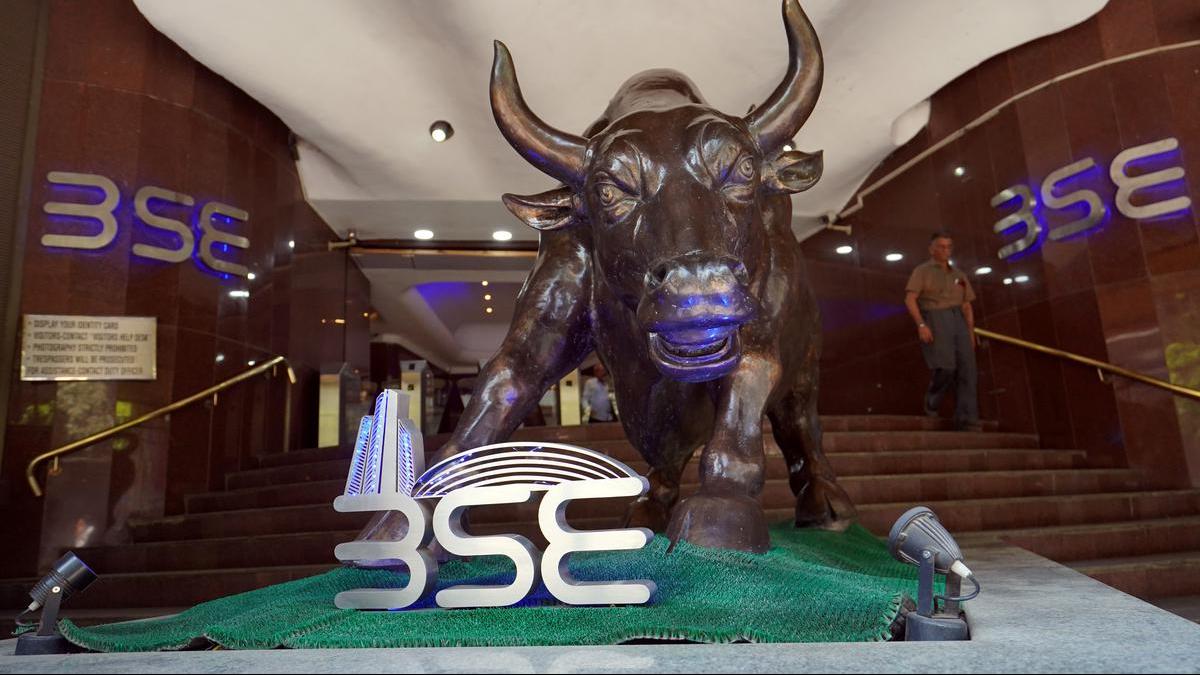A U.S. stock market perched at record highs received an encouraging message from the Federal Reserve, after the central bank stuck with its rate cut projections for 2024 despite stronger-than-expected economic growth.
For weeks, evidence of robust growth and stubborn inflation had whittled away at the market’s expectations for how deeply the U.S. central bank will cut rates this year, even as stocks continued climbing.
On Wednesday, however, Fed Chairman Jerome Powell said the evidence of economic strength had not changed the Fed’s expectations that price pressures will continue to ease. While the central bank substantially upgraded its economic growth forecasts, it left unchanged its projection for a total of 75 basis points in rate cuts for 2024, a reassuring signal for investors who piled into stocks on expectations of an economic “soft landing,” in which the Fed is able to tame inflation without hurting growth.
“This is a Fed that wants to cut rates and believes inflation is coming down and will continue to come down,” said Jason Draho, head of asset allocation Americas for UBS Global Wealth Management.
While not all investors were confident the Fed will be able to deliver on its rate cut projections, market reaction was positive.
The S&P 500 ended up 0.9% and notched a new closing high, while the Nasdaq Composite jumped 1.25%. The yield on the benchmark 10-year Treasur was last lower at about 4.28%.
The Fed late last year helped drive an equities rally when it signalled a coming pivot to rate cuts, following a hiking cycle aimed at bringing down inflation that had reached 40-year highs. The Fed last raised rates in July 2023.
But investors this year have had to temper their expectations for easing, reducing estimates for cuts from 150 basis points priced into futures markets at the start of January to around 80 basis points.
While the Fed left its rate-cut forecast unchanged, it acknowledged the economy’s strength, raising forecast to 2.1% expansion in 2024, from an earlier 1.4%.
Soft landing’
‘The projections align with those held by many investors: 62% of fund managers in a recent survey by BofA Global Research said they expected an economic soft landing.
“I think markets love the notion it (the Fed) is willing to let inflation run a little bit hot, that they’re willing to have growth re-accelerate,” said Matthew Miskin, co-chief investment strategist at John Hancock Investment Management.
Mr. Miskin is overweight U.S. large cap stocks relative to his benchmark. Draho, of UBS, has a larger-than-usual position in small caps relative to large caps in his portfolios in part because he sees the U.S. economy closer to the start of a business cycle than toward the end, which should benefit firms with more domestic exposure. The small-cap-focused Russell 2000 index is up 2.4% year-to-date.
Still, some investors were doubtful the Fed would be able to deliver 75 basis points of easing shown in its “dot plot,” which shows the rates outlook of each of the Fed’s 19 policymakers, given the underlying strength of the economy and the stickiness of inflation, which stays above the 2% target.
Indeed, investors last year had expected the Fed to begin cutting rates in March, but views shifted, with futures markets now priced for a June cut.
“I am skeptical,” said Eric Vanraes, head of fixed income at Eric Sturdza Investments in Geneva. The Fed’s views of growth are “not really consistent with three rate cuts.” Expectations of a tougher slog were reflected in the Fed’s projections, which suggest policymakers may be more inclined to keep rates higher for longer to make sure inflation does not stall out above their goal, or flare up again.

















